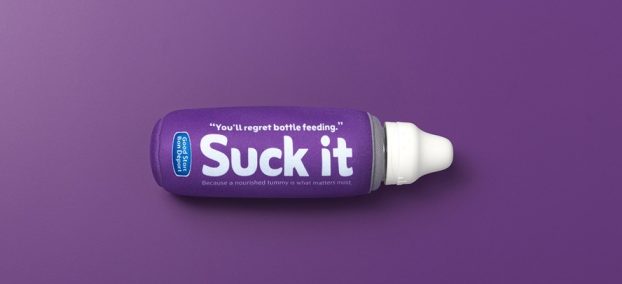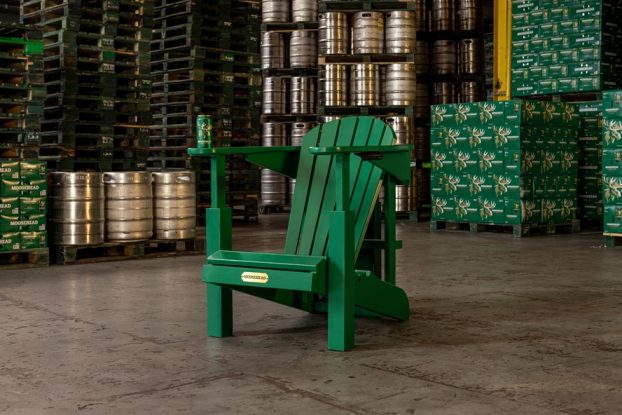In an effort to inject some juice into the battery market, Duracell Canada has launched a new line of batteries specifically designed for the high-performance requirements of devices like digital cameras, cell phones and palm-top computers.
Duracell Ultra is a line of so-called high-tech alkaline batteries, launching here and in the u.s, which promises to last up to 50% longer than ordinary alkaline batteries, says Jim Barone, general manager of Duracell Canada in Mississauga, Ont. That translates into about 100 more minutes of cell-phone time, according to the new line’s promotional material.
However, while Duracell Ultra is ideal for high-tech devices, the line will not last any longer in regular devices like tape recorders and flashlights. And therein lies the communications challenge. For the company will have to make it clear that Duracell Ultra – which costs about 20% more than regular alkaline batteries – is device specific.
Barone admits it won’t be easy to spread the word that Ultra, with features that reduce internal resistance for improved high-current flow, is not merely a more powerful battery but is instead a battery that works powerfully within certain devices. Also at issue is the company’s choice of the nebulous term ‘high tech’ to describe the devices in which the batteries perform at their best.
To get the message across, the Ultra package features icons representing cell phones, cd players and cameras. In addition to the device-specific packaging, there will be a tv campaign starting in June, created by BBDO New York, which will outline the product’s efficacy.
Barone says the batteries are targeted to the cell-phone crowd, a group that is, for the most part, more educated than the typical battery user and so more likely to understand the distinction between Ultra and regular alkaline batteries – and, the thinking goes, willing to pay for the difference.
Duracell is hoping electronics manufacturers will be open to the new battery line because that’s how the product will make the shift from merely another battery choice to must-have status.
‘The strategy in North America is to get (the electronics industry) to design around the battery,’ says Barone. Increased power capability, he explains, means increased gadgetry – sounds, lights, and so on – which, in turn, leads to consumer demand for a battery that can handle the load. ‘That’s why we enjoy such a nice growth rate in battery products,’ he says.
According to Barone, alkaline accounts for about 80% of battery sales while zinc carbon batteries, which people still use for flashlights, accounts for the remaining 20%.
The development of Ultra was both marketing- and technology-driven, says Barone. Industry figures indicate that high-tech devices today account for about 18% of aa and aaa battery sales but, by the year 2000, that number will grow to 28%.
Competitor Eveready does not have a so-called high-tech alkaline battery on the market, although it does offer lithium batteries alongside its regular alkaline batteries.























